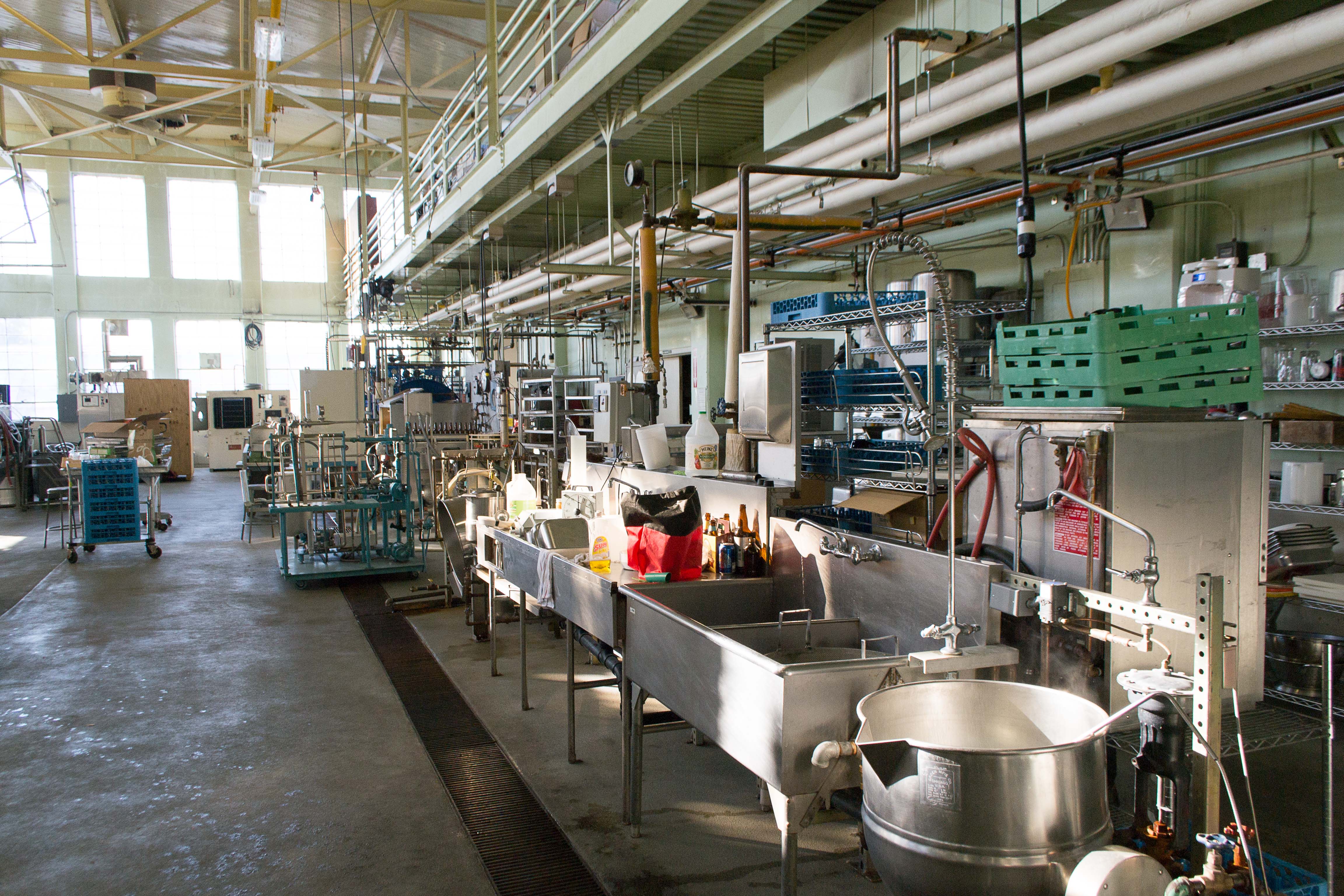
Photo from academic.microsoft.com
The valorization of agri-food by-products is essential from both economic and sustainability perspectives. The large quantity of such materials causes problems for the environment; however, they can also generate new… Click to show full abstract
The valorization of agri-food by-products is essential from both economic and sustainability perspectives. The large quantity of such materials causes problems for the environment; however, they can also generate new valuable ingredients and products which promote beneficial effects on human health. It is estimated that soybean production, the major oilseed crop worldwide, will leave about 597 million metric tons of branches, leaves, pods, and roots on the ground post-harvesting in 2020/21. An alternative for the use of soy-related by-products arises from the several bioactive compounds found in this plant. Metabolomics studies have already identified isoflavonoids, saponins, and organic and fatty acids, among other metabolites, in all soy organs. The present review aims to show the application of metabolomics for identifying high-added-value compounds in underused parts of the soy plant, listing the main bioactive metabolites identified up to now, as well as the factors affecting their production.
Journal Title: Foods
Year Published: 2021
Link to full text (if available)
Share on Social Media: Sign Up to like & get
recommendations!